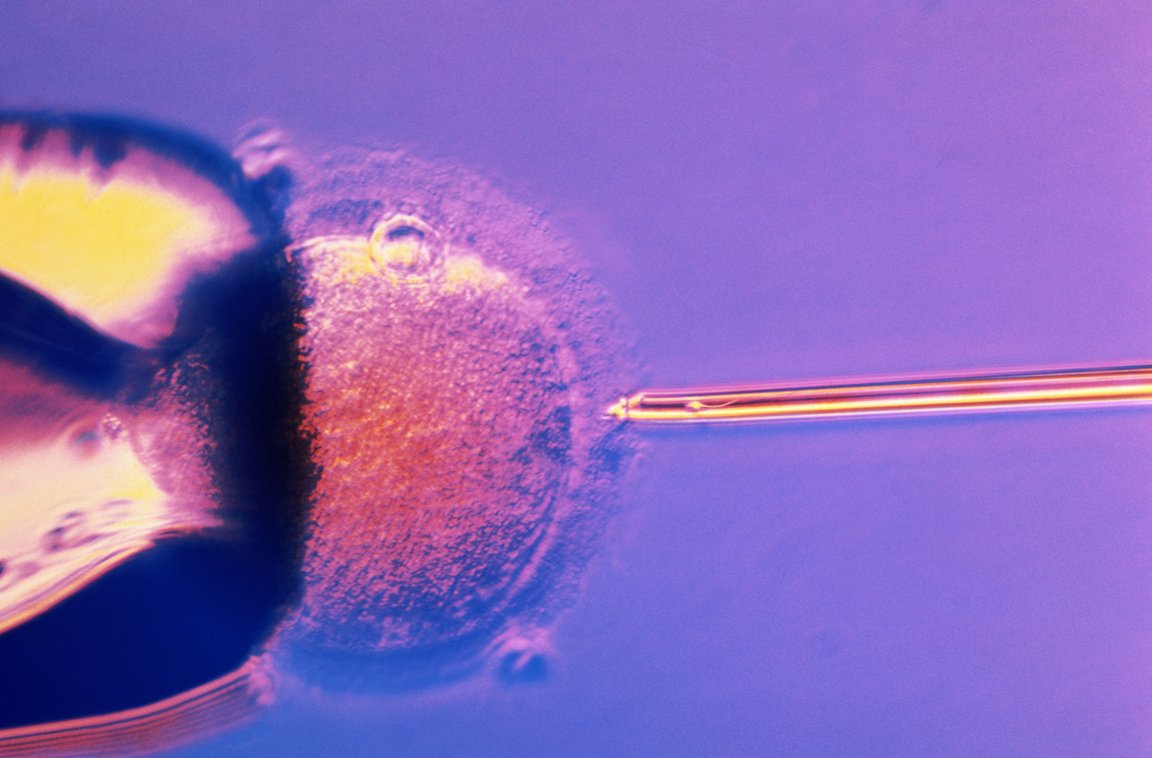
No Cloning in Physics
Cloning used to be a science fiction staple until along came Dolly the sheep in 1996. However, cloning in biology isn’t the same thing as cloning in physics. As difficult as biological cloning is, cloning in physics is much harder. In fact, it has been proven to be impossible.
A video from YouTube’s MinutePhysics goes into quantum detail to explain just why perfect copies are not possible.

As the host explains, it’s been mathematically proven that while we may be able to make copies of objects, we can never make a perfect clone that is identical on the quantum level. The math to explain it is highly complicated — as is anything to do with quantum mechanics.
The video simplifies those complex mathematics (to a degree) by considering Schrodinger’s cat. The crux of the math deals with a concept in quantum mechanics called superposition. This is the concept that is explored in the Schrodinger thought experiment. Simplified, it deals with a cat in a box with exploded or unexploded gunpowder (or poison, depending on the telling). Without observing the inside of the box and therefore knowing whether the cat is dead (the gunpowder exploded) or alive (the gunpowder is intact) the cat exists in a superposition where it is both dead and alive.
Watch the MinutePhysics video to treat your brain to the superposition of being exploded and enlightened.